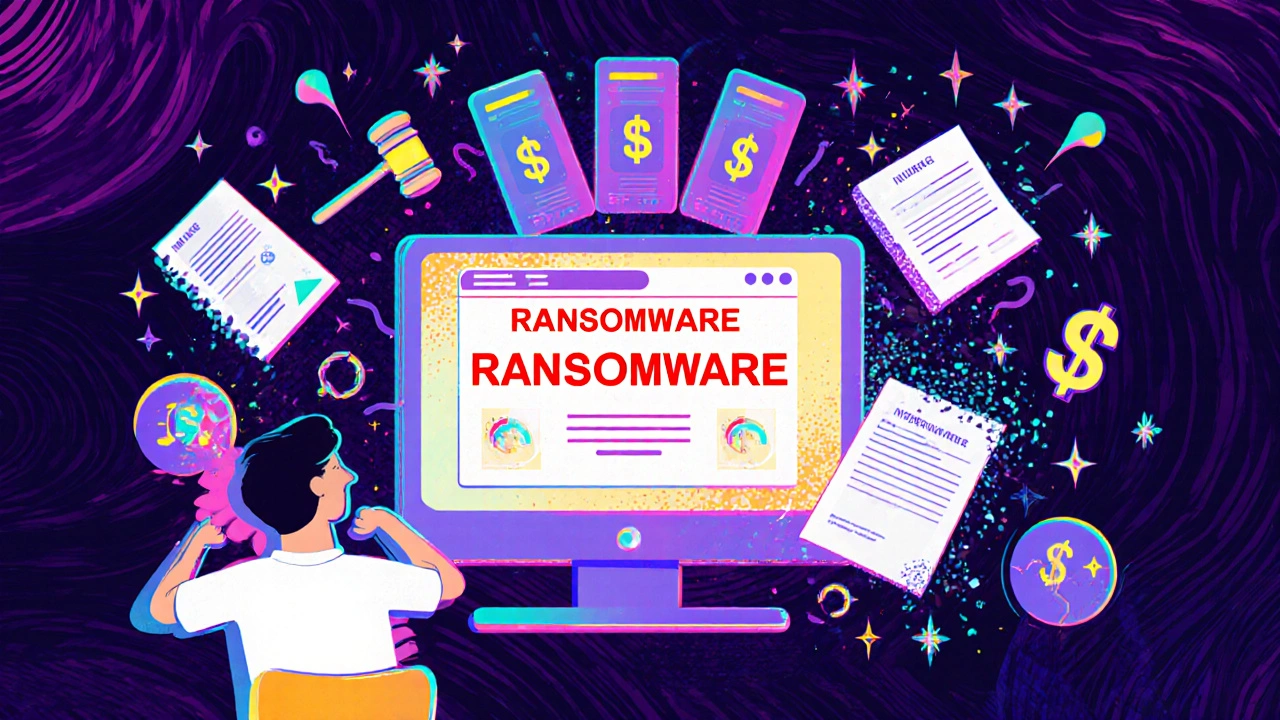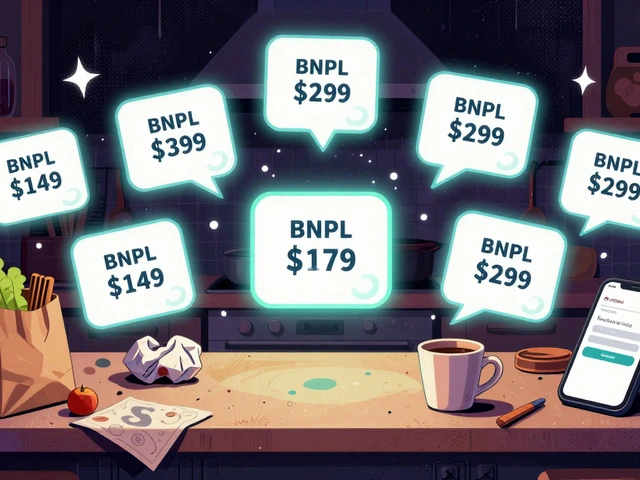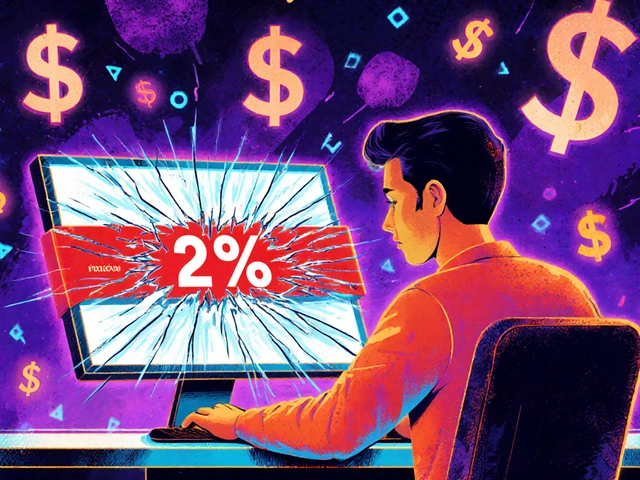Fintech Security: Protect Your Money from Online Threats
When you use apps to invest, pay bills, or track your savings, you’re relying on Fintech Security, the systems and practices that keep your money and personal data safe from hackers and fraudsters. Also known as digital financial protection, it’s not just about passwords—it’s about layers of defense that stop criminals before they can touch your account. If your bank app or brokerage platform gets breached, it’s not just your balance at risk. Your Social Security number, email, phone, and even your identity can be stolen and sold on the dark web. That’s why Fintech Security isn’t optional—it’s the foundation of every smart investment move you make.
Real Fintech Security means more than just logging in with a password. It includes multi-factor authentication, a system that asks for more than just your password—like a code from your phone or a fingerprint scan, which cuts the risk of account takeovers by over 99%. It also means knowing about dark web monitoring, a service that scans hidden parts of the internet where stolen data is traded, so you get warned if your info shows up before a hacker uses it. And then there’s the credit freeze, a free tool that locks your credit reports so no one can open new accounts in your name. These aren’t tech jargon—they’re basic tools anyone using online finance needs.
Most people think hackers target big banks. But the truth? They go after you—because your account is easier to crack than a corporation’s firewall. A single leaked email or weak password can open the door to your entire financial life. That’s why Fintech Security starts with small, daily habits: turning on two-step login, checking your bank statements weekly, and knowing how to freeze your credit in under five minutes. You don’t need to be a tech expert. You just need to be awake.
Below, you’ll find real, step-by-step guides on how to lock down your accounts, spot the earliest signs of identity theft, and use tools that cost nothing but save you thousands. No fluff. No theory. Just what works—right now.










